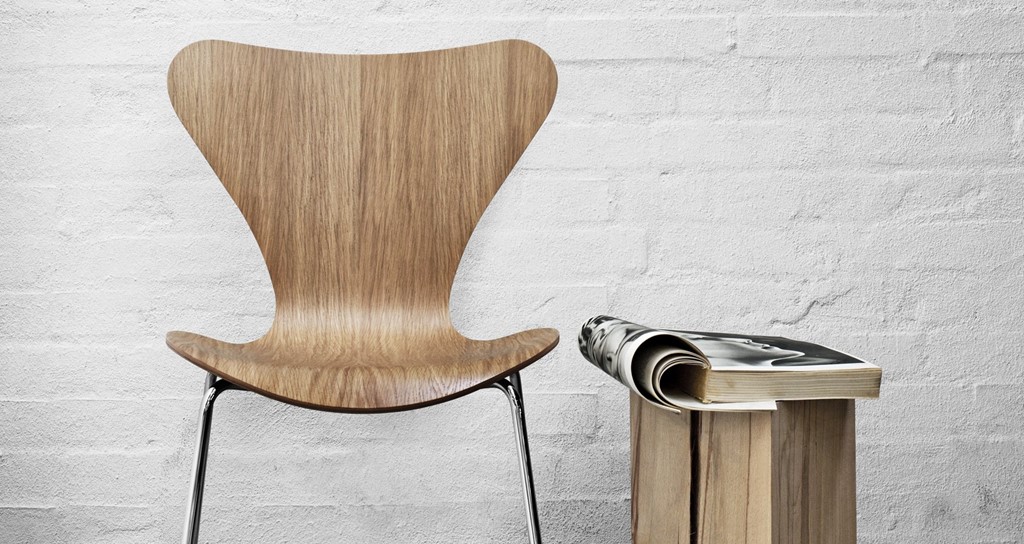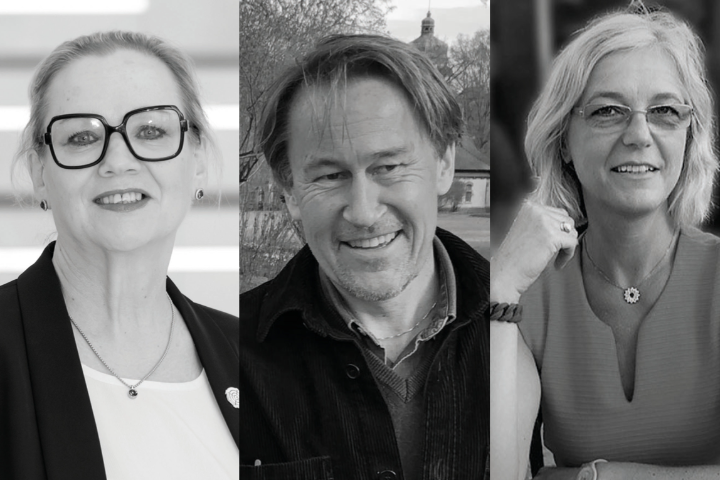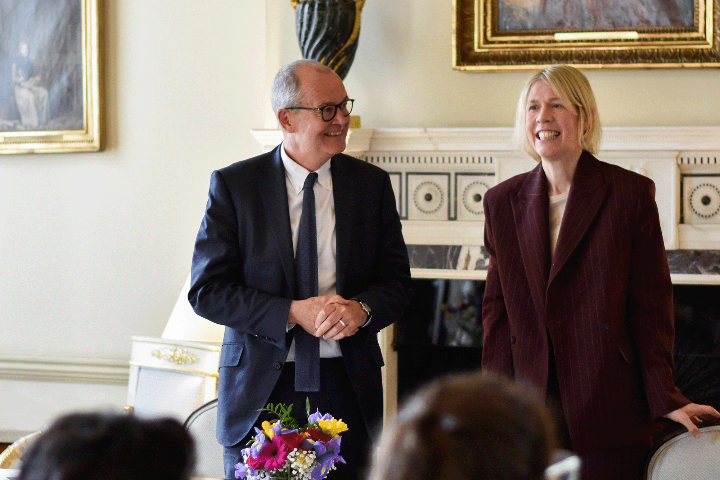
What is Scandinavian Design?
30 January 2017
Johanna Bjarsch Follin
Scandinavian design refers to the design movement that emerged in Denmark, Sweden and Norway in the 1950s. Modernism* and inclusiveness came to define the post-ww2 era, reuniting a broken Europe, but apart from its importance on the international affairs agenda, these concepts and the ideas they represent also came to characterise the Scandinavian design movement. Scandinavian design has come to be renowned for its unique character, but what we usually characterise as Scandinavian is not necessarily limited to design and interior, but rather the mentality that governs the expression we see as typically Scandinavian - minimalistic, natural, inspired by nature, clean and pure. This mentality can be found in all creative expressions and contexts; fashion, furniture, decoration, architecture, and food - Scandinavian fashion brands are famous for their exclusive materials and simple lines, Scandinavian furniture the like, and Scandinavian cuisine is characterised by pure flavours finely prepared with exclusive and unique Scandinavian delicacies.
Main Characteristics
The saying “less is more” was most likely first spoken by a Scandinavian. The Scandinavian expression is simplistic and minimalistic, unadorned and stylish - influenced by the history of the countries in the north, industrialised relatively late and thus maintaining a penchant for traditional crafts. The tradition of craftsmanship and the cold climate has also affected the functionality prevalent in most Scandinavian design; Scandinavian fashion is made out of natural materials aimed for withstanding harsher weather conditions.
Scandinavian interior design is characterised by large, spacious rooms with white walls, bare and untreated wooden floors, yet with a cosy and homely feeling. The light and space is a contrast to the dark winters in Scandinavia. The light interiors may be a reason why home is so important to Scandinavians; it is a safe and warm place in an environment with rough climate and long winters.
Materials
The materials are natural, such as wood, different stone materials, metals, glass and leather. The great respect for nature from the Vikings up north has resulted in an appreciation for the materials as they are, oftentimes used untreated and kept well visible. Wood in all forms and of all kinds is by far the most important and most used material in Scandinavian design, and has come to be one of its main characteristic features.
Colours
Nothing bold, nothing brave - black, white and everything in between. The natural brown of leather and wood, grey scale, neutral colours and earthy tones are predominant. If any colour is added, it is most likely dirty pastels with a tone of grey that goes well with the grey, black and white. Roughly generalised, Scandinavian people do not wish to stand out from the crowd, a trait which is deeply rooted in the Scandinavian culture. Could this be the reason why Scandinavian design in all regards is dominated by neutral colours, a safe choice?
Trends
As in all creative and design contexts, there are and always will be trends even though the main guiding mentality of Scandinavian design remains the same. Scandinavian design and Scandinavia in general has gained popularity the last couple years, within all areas where the mentality is applicable. One trend to spot in the gained popularity is that countries with a similar mentality as Scandinavia; English-speaking countries, the northern part of Europe, Japan and South Korea, tend to favour the Scandinavian expression.
For the design movement itself, sustainability has become increasingly incorporated into the mentality and design. Using sustainably sourced materials and having long-term thinking when it comes to design is an obvious statement and in many aspects synonymous with the Scandinavian brand.
* Modernism
Modernism is above all a collection of ideas and a way of thinking, but when talking about modernism in relation to design it has also came to represent a style. The avant garde of the modernist heydays dreamed of a world of social equality, free from conflict, and these values characterise modernist thinking - a rejection of the past and a wish and desire for the new and innovative. Modernist design favour functionality with no ornaments, as opposed to what had dominated the design sphere pre-modernism, and clarity and simplicity that combined with functionality symbolised equality.



